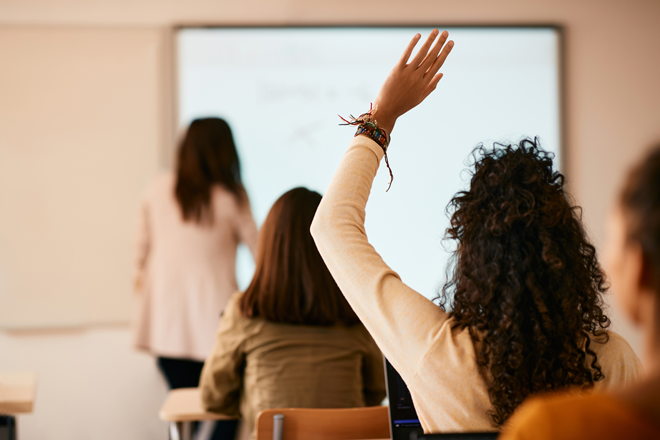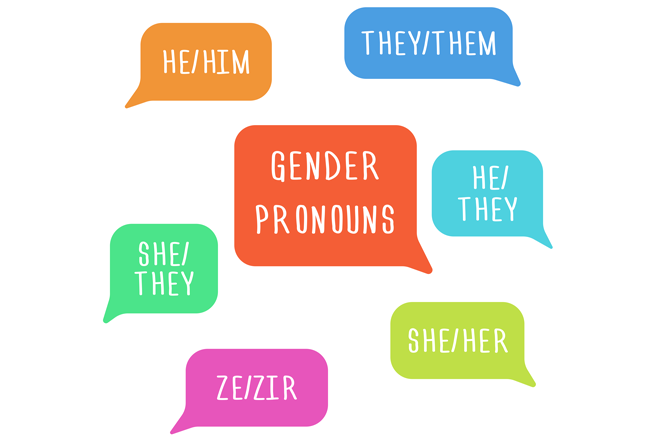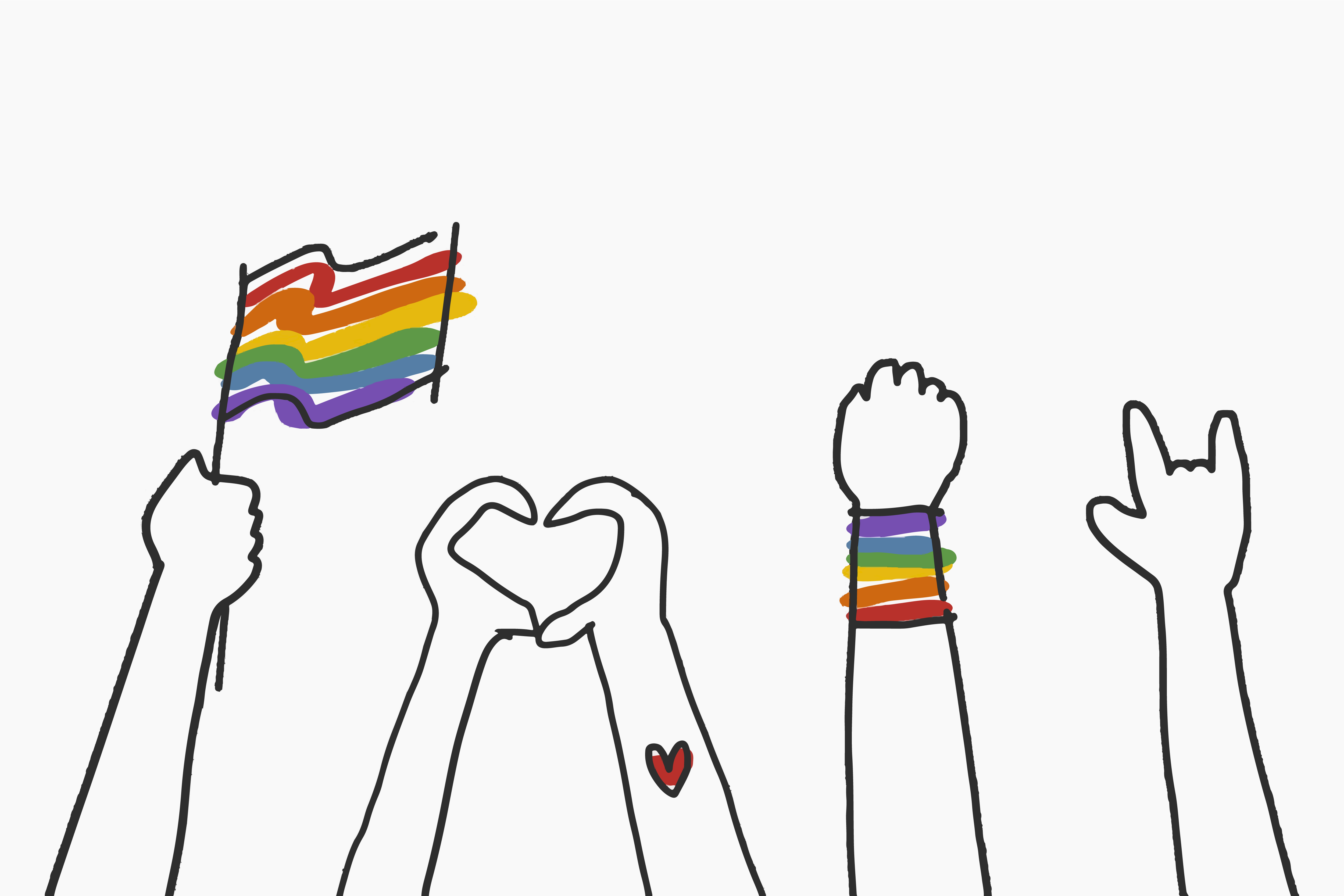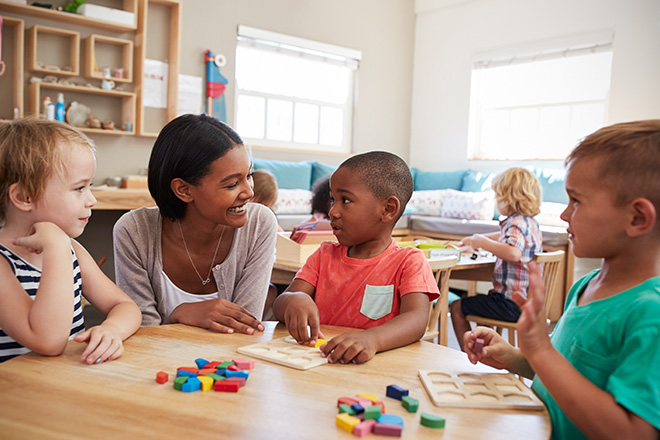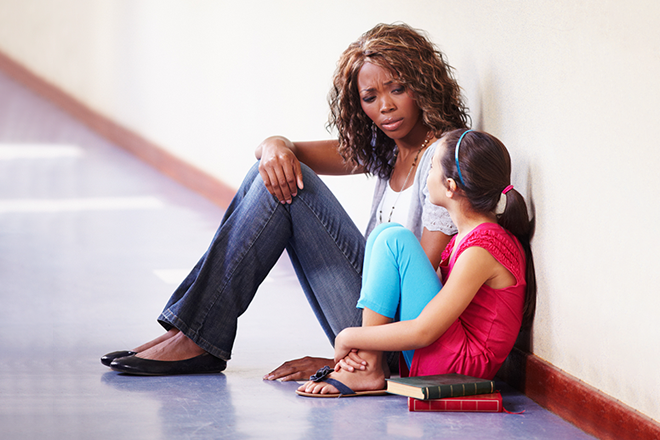Priority #1: Provide More Specialized Mental Health Professionals and Paraprofessionals on Campus. In this blog series, we examine the different priorities that school leaders might address—despite limited resources and reduced federal investments—to respond to the ongoing youth mental health crisis.
Practice-based coaching (PBC) promotes a strong collaborative partnership between teachers and coaches to facilitate the use of effective instructional practices. The PBC process includes skills instruction on BEST in CLASS practices, shared goals and action planning, implementation support, classroom observation, and reflection and feedback.

